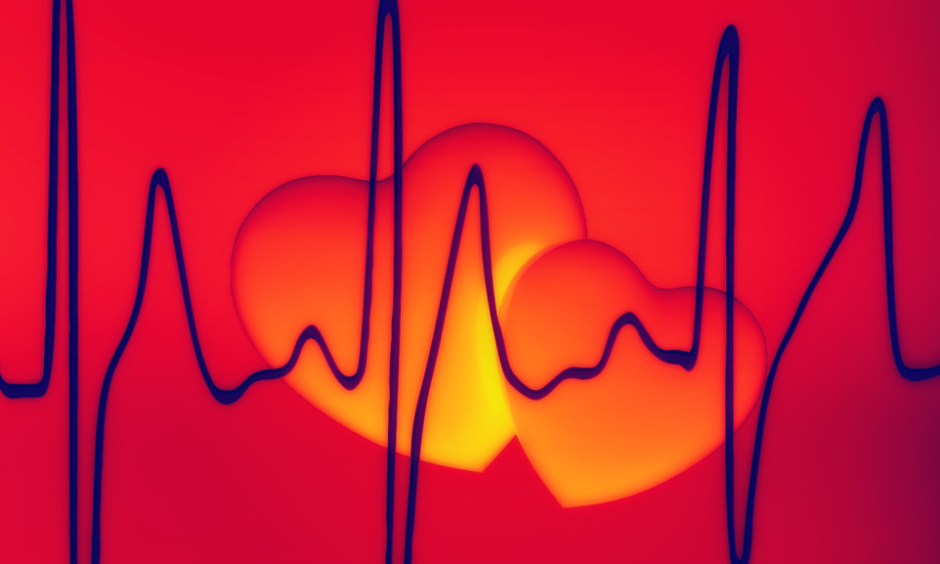IMPROVED cognitive function and similar levels of stroke and bleeding occur using either apixaban or warfarin during catheter ablation of atrial fibrillation, according to the results of a trial displayed in a ESC press release. The study shows that apixaban is a safe alternative to warfarin in patients undergoing this procedure.
ESC Guidelines
Current ESC guidelines recommend non-vitamin K antagonist oral anticoagulants (NOACs) like apixaban instead of vitamin K antagonists (VKAs) such as warfarin for stroke prevention in patients with atrial fibrillation, except in patients who have a mechanical heart valve or rheumatic mitral valve stenosis. When patients with atrial fibrillation undergo catheter ablation, ESC guidelines recommend that they continue to take their prescribed NOAC or VKA. The new study confirms that the NOAC apixaban is equally as safe as VKA in this situation.
Similar Safety and Efficacy
In 633 patients across Europe and the USA with atrial fibrillation and additional stroke risk factors due to undergo atrial fibrillation ablation, either the locally used VKA, which was warfarin, phenprocoumon, acenocoumarol, or fluindione (according to the local investigator), or continuous apixaban was given following randomisation. The primary outcome, a composite of all-cause death, stroke, and major bleeding up to 3 months following ablation, was observed in similar numbers in both the apixaban and VKA groups: 22 and 23 patients, respectively. Additionally, cognitive function was found to have improved equally in each group.
Safe Alternative
“The results show that apixaban is a safe alternative to warfarin during catheter ablation of atrial fibrillation in patients at risk of stroke,” commented the international chief investigator of the trial, Prof Paulus Kirchhof. “This is the first randomised trial to show that cognitive function is improving after atrial fibrillation ablation. It is possible that this is due to continuous anticoagulation, although we did not test this specifically.”
The authors believe that the results are applicable to older patients and in different clinical settings. The patients included were 4 years older than participants of previous studies with the NOACs rivaroxaban and dabigatran; additionally, a variety of drugs and techniques were chosen by the various local investigators.
Sub-Study
A similar rate of silent strokes between the VKA and apixaban groups (25% and 27%, respectively) were also observed in a MRI sub-study in 335 patients.
James Coker, Reporter
For the source and further information about the study, click here.







